#kolkata
Text
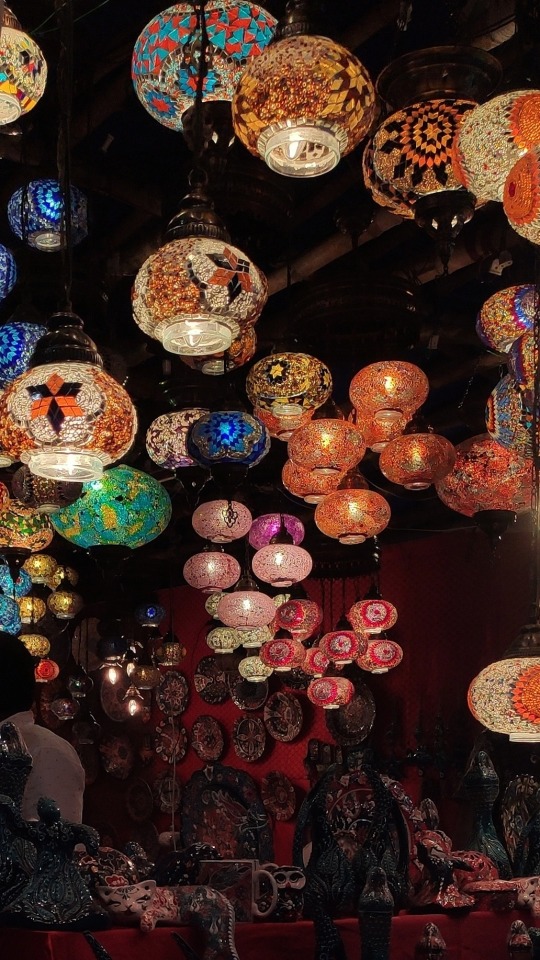

Bidhannagar Mela, Kolkata.
#kolkata#kolkata diaries#calcutta#india#west bengal#desi tumblr#desiblr#desi aesthetic#desi tag#bangla tag#kolkata street photography#my photography#p
6K notes
·
View notes
Text
something about masked men…like damn
I would let them run me over for fun




Still learning about these so
#Sleep token#masked men#simon ghost riley#rain ghoul x reader#the band ghost x reader#the ghost and molly mcgee#dewdrop ghoul#ghost bc#ghost#ghost fanart#sleep token worship#sleep token band#vessel sleep token#konig fic#konig smut#kolkata#konig x reader
2K notes
·
View notes
Text
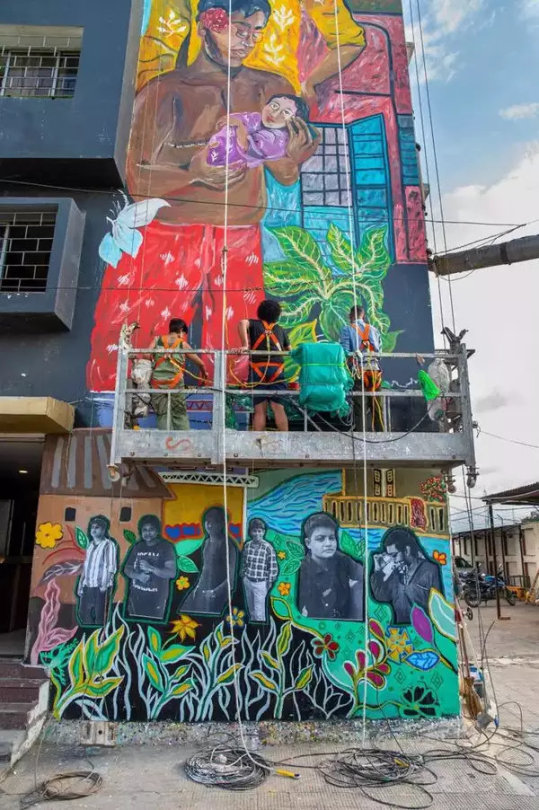
This is a new mural in Kolkata, India that's dedicated to trans men!
"These walls now stand as a living testament of our shared commitment to inclusion, diversity, and a world where everyone can express their true selves without fear or judgment. The trans cause is not just a movement, it’s a testament to the indomitable spirit of those who refuse to be defined by societal norms."
The artist is Nandini Moitra.
https://www.instagram.com/nandini.moitra/
#ftm#ftm trans#trans#transgender#transguys#ftm transgender#transsexual#ftm transsexual#trans men#transmasc#india#Kolkata
291 notes
·
View notes
Text
youtube
#tamoghna#tamoghna ghosh#singer#music director#lyricist#music producer#celeb#celebs#hot celebs#celebrities#celebrity news#celebrity#celbrity#popular#famous#tv channel#tvshow#tv shows#tv#television#kolkata#mumbai#bollywood#tollywood#tmusikoriginal#bengali musically#bengali song#bengalisong#banglagaan#bengal
50 notes
·
View notes
Text
instagram
#tamoghna#tamoghna ghosh#singer#music director#lyricist#music producer#celeb#celbrity#celebs#celebrities#celebrity#hot celebs#celebrity news#popular#famous#tv personality#bollywood#mumbai#kolkata#musician#tollywood#bengalisong#bengali song#bengali video#bengali musically#tmusikoriginal#Instagram
54 notes
·
View notes
Text
A walk through Bengal's architecture
Bengali architecture has a long and rich history, fusing indigenous elements from the Indian subcontinent with influences from other areas of the world. Present-day Bengal architecture includes the nation of Bangladesh as well as the Indian states of West Bengal, Tripura, and Assam's Barak Valley. West Bengal’s architecture is an amalgamation of ancient urban architecture, religious architecture, rural vernacular architecture, colonial townhouses and country houses, and modern urban styles. Bengal architecture is the architecture of Wind, Water, and Clay. The Pala Empire (750–1120), which was founded in Bengal and was the final Buddhist imperial force on the Indian subcontinent, saw the apex of ancient Bengali architecture. The majority of donations went to Buddhist stupas, temples, and viharas. Southeast Asian and Tibetan architecture was influenced by Pala architecture. The Grand Vihara of Somapura, which is now a UNESCO World Heritage Site, was the most well-known structure erected by the Pala rulers.

The Grand Vihara of Somapura
According to historians, the builders of Angkor Wat in Cambodia may have taken inspiration from Somapura. Bengal architecture became known for its use of terracotta due to the scarcity of stone in the area. Clay from the Bengal Delta was used to make bricks.
The temple architecture has distinct features like the rich wall decoration, often known as the terracotta temples, which was one of the remarkable elements of Bengali temple architecture. The double-roofed architecture of thatched huts was replicated by Bengali temples. Square platforms were used to construct the temples. Burnt brick panels with figures in geometric patterns or substantial sculptural compositions served as the temples' adornment.

Dochala style
These served as models for many temples that were built in undivided Bengal. Construction materials used in ancient times included wood and bamboo. Bengal has alluvial soil, so there isn't a lot of stone there. The bricks that were utilized to build the architectural components were made from stone, wood, black salt, and granite. Bengal has two different types of temples: the Rekha type, which is smooth or ridged curvilinear, and the Bhadra form, which has horizontal tiers that gradually get smaller and is made up of the amalaka sila. Mughal architecture, including forts, havelis, gardens, caravanserais, hammams, and fountains, spread throughout the area during the Mughal era in Bengal. Mosques built by the Mughals in Bengal also took on a distinctive regional look. The two major centers of Mughal architecture were Dhaka and Murshidabad. The do-chala roof custom from North India was imitated by the Mughals.

Jorasako thakurbari
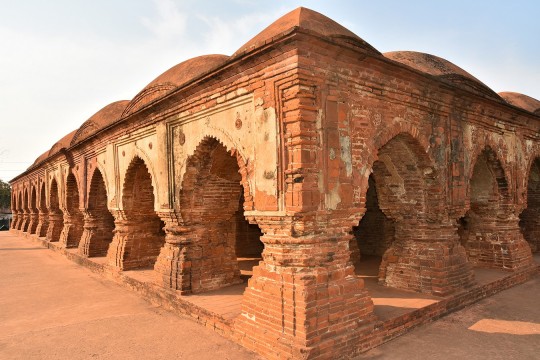
The Rasmancha is a heritage building located at Bishnupur, Bankura district, West Bengal.
Influence of the world on Bengal architecture: Although the Indo-Saracenic architectural style predominated in the area, Neo-Classical buildings from Europe were also present, particularly in or close to trading centers. While the majority of country estates had a stately country house, Calcutta, Dacca, Panam, and Chittagong all had extensive 19th and early 20th-century urban architecture that was equivalent to that of London, Sydney, or other British Empire towns. Calcutta experienced the onset of art deco in the 1930s. Indo-Saracenic architecture can be seen in Ahsan Manzil and Curzon Hall in Dhaka, Chittagong Court Building in Chittagong, and Hazarduari Palace in Murshidabad.
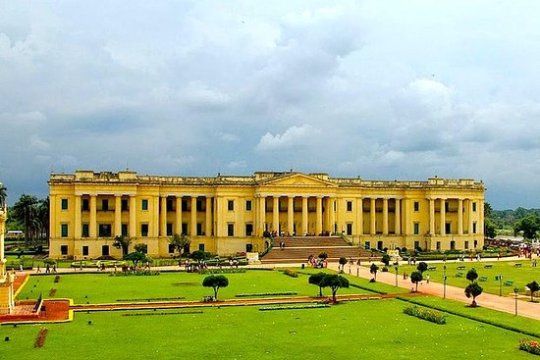
Hazarduari Palace in Murshidabad
The Victoria Memorial in Kolkata, designed by Vincent Esch also has Indo-Saracenic features, possibly inspired by the Taj Mahal. Additionally, Kolkata's bungalows, which are being demolished to make way for high-rise structures, have elements of art deco. The 1950s in Chittagong saw a continuation of Art Deco influences. The Bengali modernist movement, spearheaded by Muzharul Islam, was centered in East Pakistan. In the 1960s, many well-known international architects, such as Louis Kahn, Richard Neutra, Stanley Tigerman, Paul Rudolph, Robert Boughey, and Konstantinos Doxiadis, worked in the area.

The Jatiyo Sangshad Bhaban
This iconic piece of contemporary Bangladeshi architecture, was created by Louis Kahn. Midsized skyscrapers dominate the cityscapes of contemporary Bengali cities, which are frequently referred to as "concrete jungles." With well-known architects like Rafiq Azam, architecture services play a key role in the urban economies of the area. Overall Bengal architecture was influenced by various contemporaries of their time and continues to evolve.

Gothic architectural style seen in St. Paul's Cathedral in Kolkata.

Zamindar era buildings in ruin.

Belur Math in Howrah
#bengali#bangla#west bengal#bangladesh#tripura#assam#desi#বাংলা#india#architecture#tales#bengal architecture#history#kolkata#international#technology#information#temple#asia#bricks
166 notes
·
View notes
Text
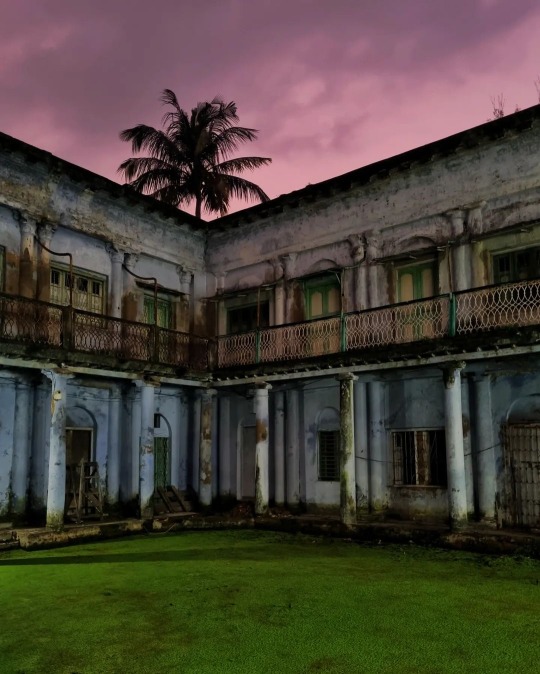
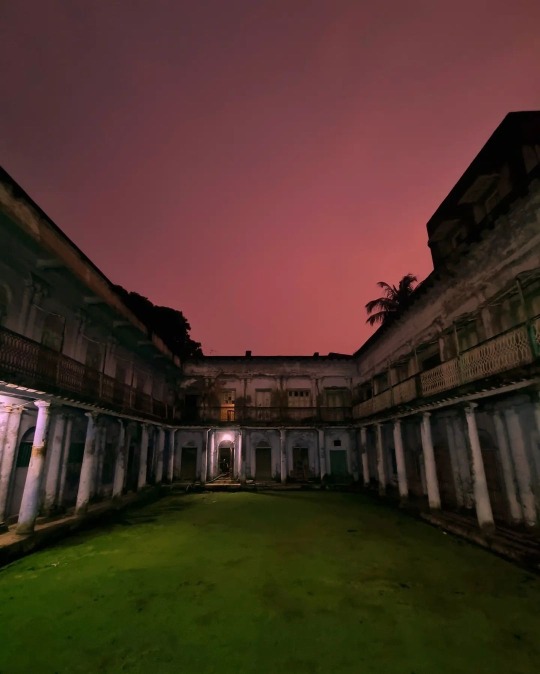
Salkia House in Kolkata, West Bengal, India by Alipriya Ghosh
408 notes
·
View notes
Text
#Kolkata chicken biryani#Kolkata#chicken biryani#chicken#meat#tiktok#tiktok food#Indian recipe#brattylikestoeat#food#foodlr#food blog#video#foodie#cooking stim#stim cooking#savory stim#yummy
57 notes
·
View notes
Text

Billy Dinh - Kolkata, India (2022)
239 notes
·
View notes
Text

বাঙালির দূর্গা পুজো
#aesthetic#durga pujo#durga puja#durga#ma durga#photography#moodboard#writing#bengali#bong#desi#desi tag#desiblr#being desi#kolkata#calcutta#love#india#art#art for the sake of art#joy#happy#festival#puja#mahalaya#beauty#dark academia#messy layouts#indian#heritage
88 notes
·
View notes
Text
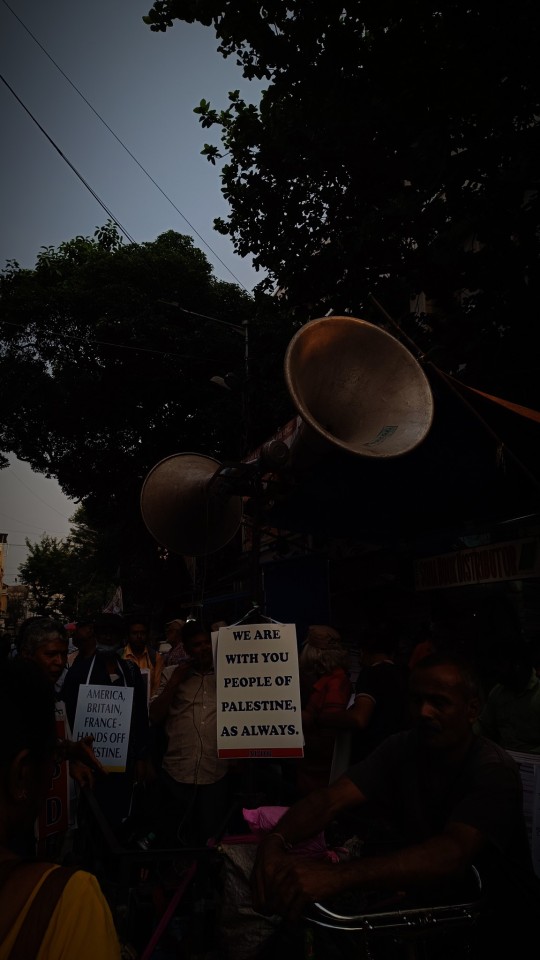
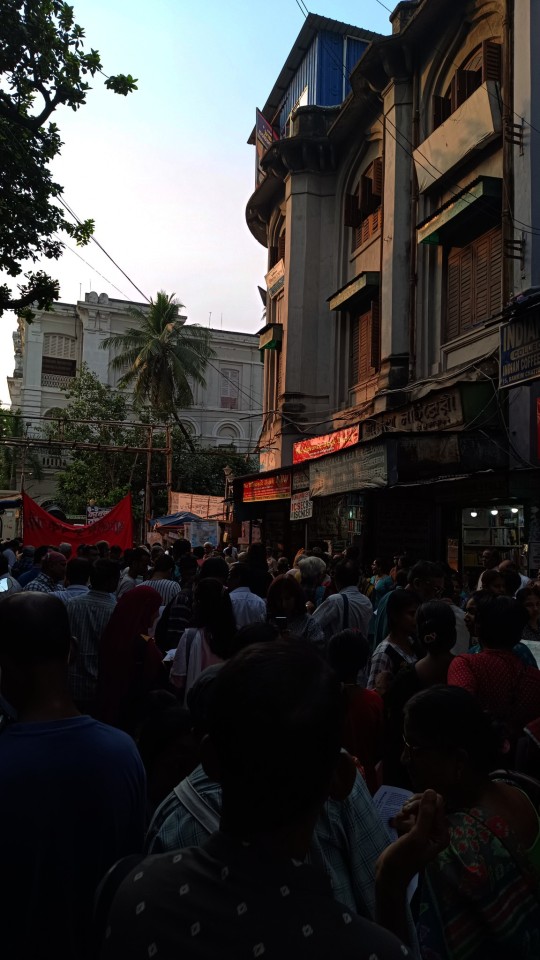
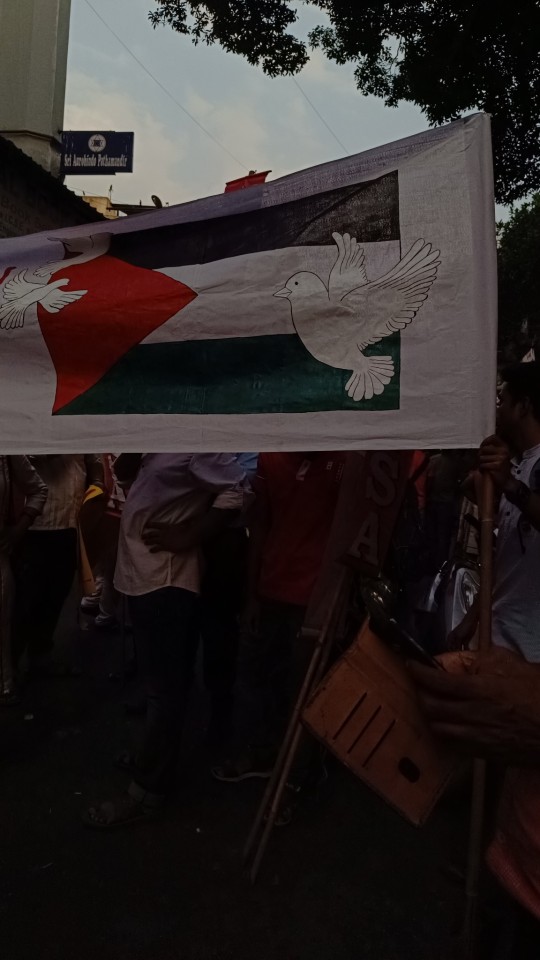
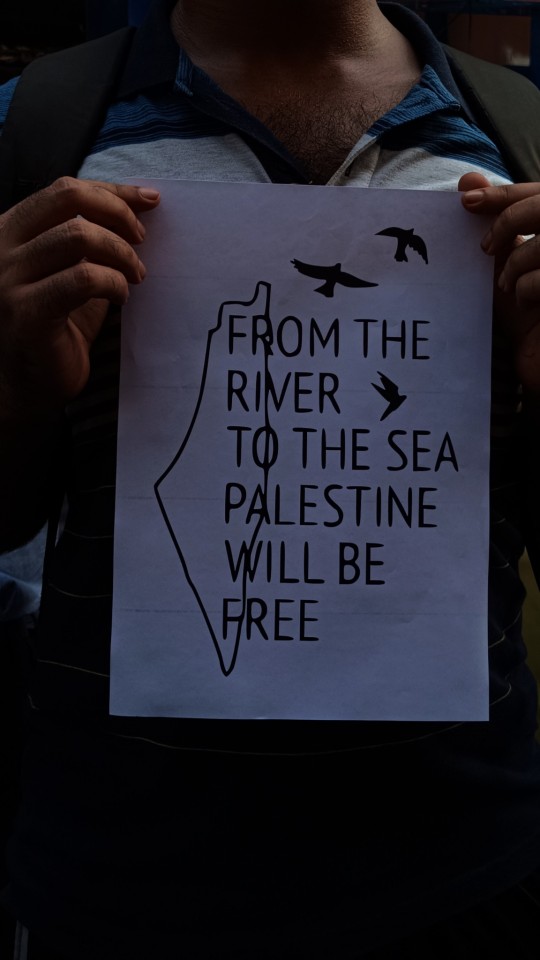


We are with you people of Palestine, as always.
Pro-Palestine protests in Kolkata, November '23.
#from the river to the sea#from the river to the sea palestine will be free#palestine#free palestine#i stand with palestine#stand with gaza#palestine protest#free gaza#calcutta#kolkata#bangla tag#my photography#p
349 notes
·
View notes
Text
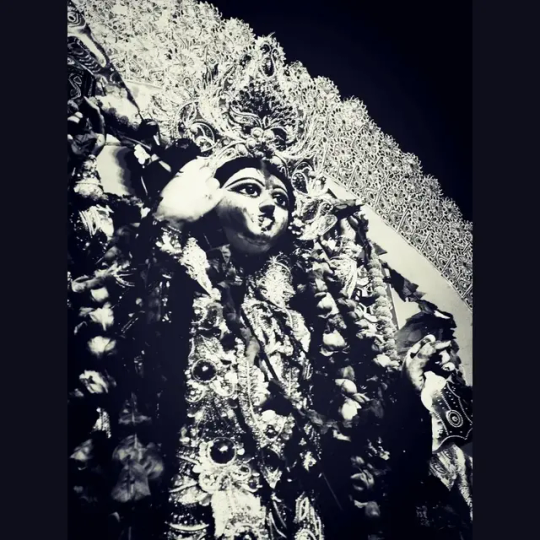

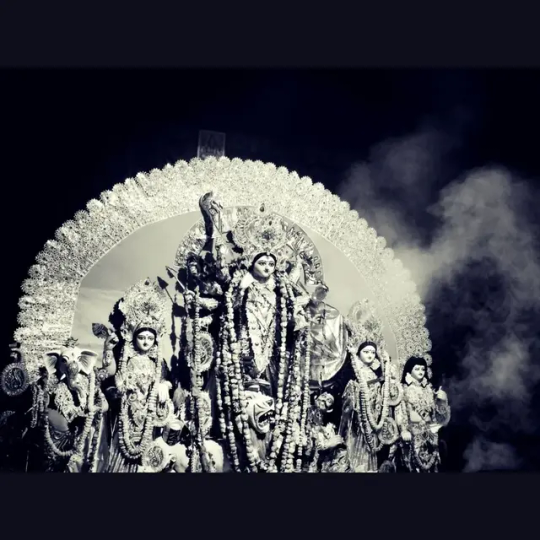

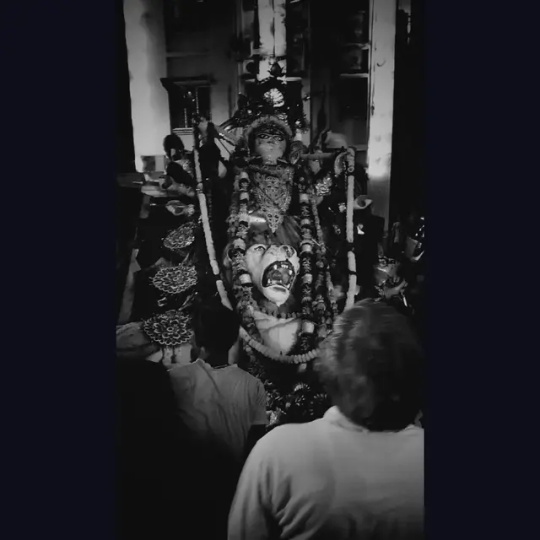
Looking back at the pujos of yesteryears.... A mobile camera can capture such beautiful memories.
#pujo ashchheeee#durga puja#original post#aesthetic#moodboard#desiblr#desi tag#hindu mythology#durga pujo#bengblr#bangla tag#kolkata#kolkata aesthetics#devipaksha diaries#monochrome aesthetic#monochrome#urban photography#photography#monochrome photography#mobile photography#festivals#festival#goddess#mother goddess#devi#shakti#durga
89 notes
·
View notes
Text
More Kolkata appreciation post ✌️

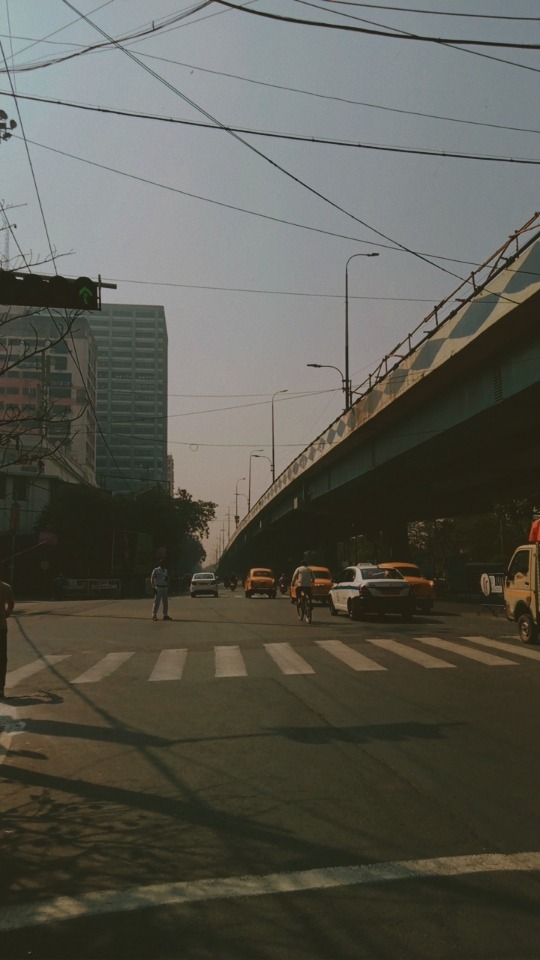
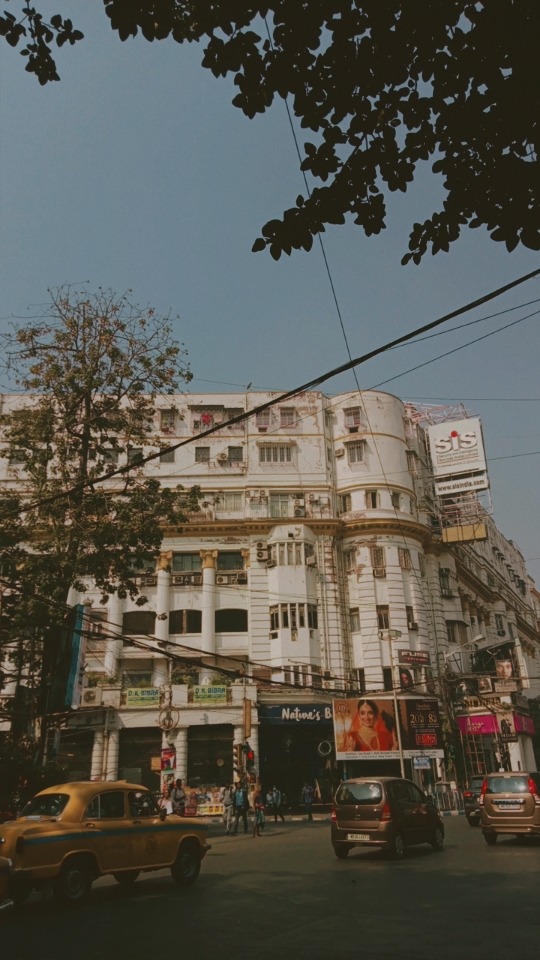

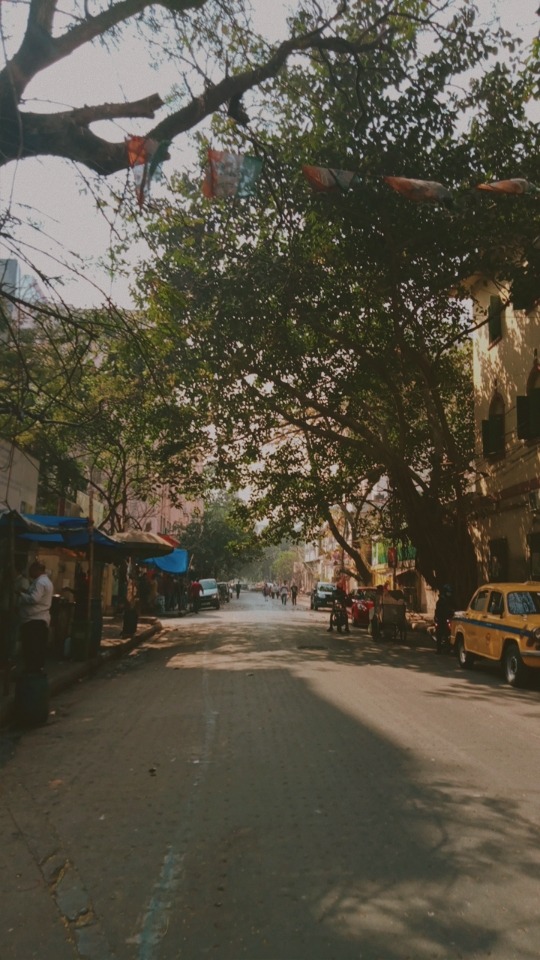

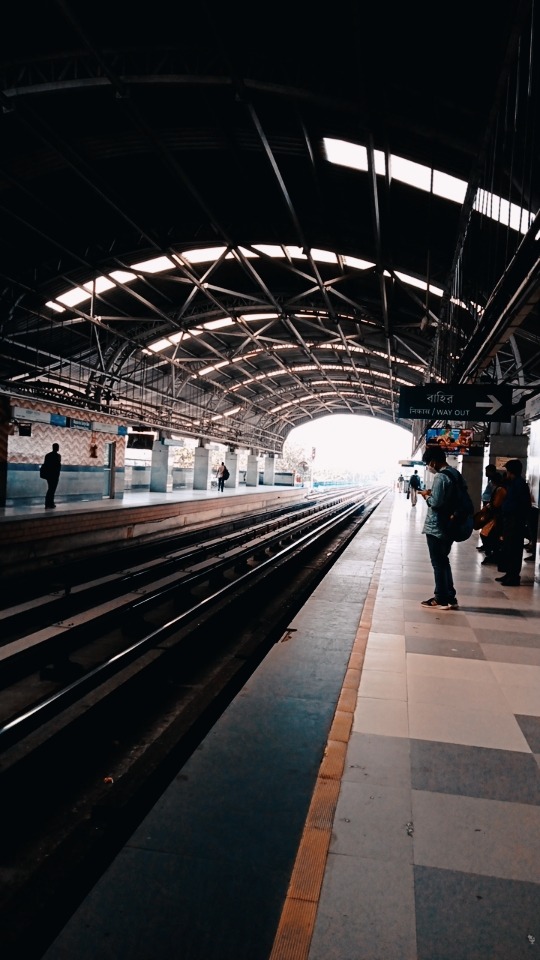

#desi#desi tumblr#desiblr#south asia#desi teen#india#indian#bengali#desi aesthetic#kolkata#original photographers#photography#photooftheday#beautiful photos#indian students
228 notes
·
View notes
Text
instagram
#tamoghna#tamoghna ghosh#singer#music director#lyricist#music producer#celeb#celebs#celbrity#hot celebs#celebrities#celebrity#celebrity news#popular#famous#tv personality#kolkata#mumbai#bollywood#tollywood#bengali musically#valentines day#saraswatipuja#Instagram
56 notes
·
View notes
Text
youtube
#tamoghna#tamoghna ghosh#singer#music director#lyricist#music producer#celeb#celebs#celebrity#celebrities#hot celebs#celebrity news#popular#famous#tvchannel#tv personality#tvshow#tv channel#tv#bollywood#mumbai#kolkata#tollywood#tmusikoriginal#bengalisong#bengali song#bengali musically#bengali music#musician#bengali
46 notes
·
View notes
Text
I want that bengali kind of love.
The afternoon dates in scorching sun while trudging through college street in a kurti, sniffing ancient, ancient books kind of love. The sitting in princep ghaat, watching the Ganga flow by kind of love. The "paarar adda" kind of love; the "Fuchka khabi?" kind of love. I want the passionate political debates kind of love; the saraswati puja's yellow saree dates kind of love. I want the teasing "Didi apnar dara hobe na; chere din" kind of love. I want walking down the gardens of Victoria memorial kind of love. I want the evening jhaalmuri kind of love, the watching bells of dakhineshwar toll at a distance over the Ganga kind of love. I want manna de songs when it rains kind of love. I want rabindrasangeet when the thunder booms outside kind of love.
I want the vintage Kolkata love.
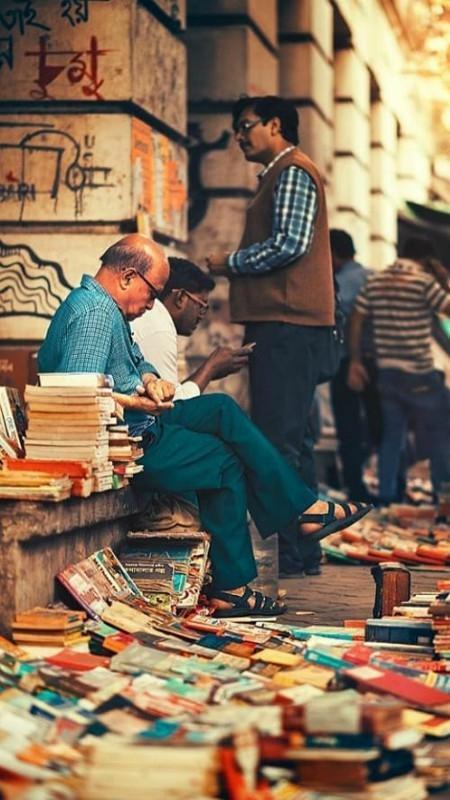


100 notes
·
View notes